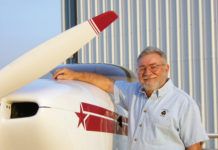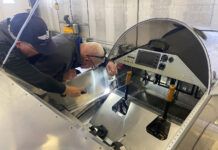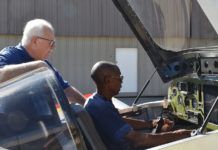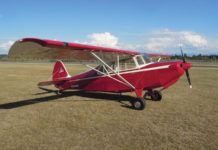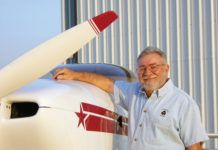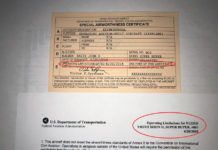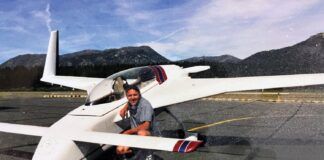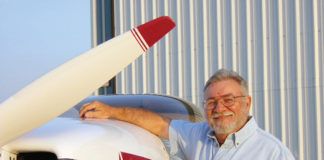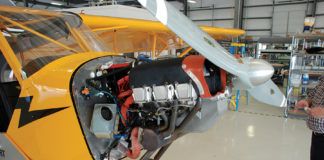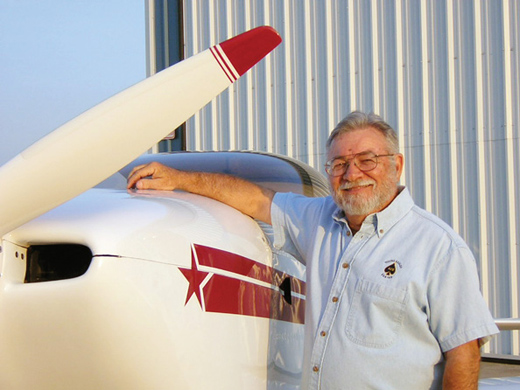
Question: I’m toying with the idea of building a Rand-Robinson KR-2. The KR-2 has a low enough gross weight to be an LSA, and if you build it light, it has a low enough stall speed, but the top speed as designed is much faster than 120 knots. If I build a modified KR-2 with a lower cruise speed, can I fly it with a Sport Pilot license? And could I do the same thing if I buy one that was certified with the original cruise speed and modify it to slow it down?
Answer: The KR-2 is not a good candidate for LSA. You can build anything and claim it to be in compliance with LSA. But remember, the maximum stall speed requirement for LSA is a “clean” stall speed, i.e., flaps up. Also the KR-2 was originally designed as retractable. You would have to build a fixed gear version.
If you build your own engine and restrict it to certain rpm or horsepower output, then you might get a KR-2 to comply. To do this, you must be the manufacturer of the engine.
The problem comes when there is an issue, such as an accident or a ramp check. If questioned, it is your responsibility to show compliance. Would you be able to convince an FAA inspector, a judge, or an insurance agent?
As far as buying and modifying an existing airplane, this would not qualify. The definition for LSA states that the aircraft must have been in compliance continuously from the original certification (i.e., you cannot “back” into LSA compliance).
Question: I’m 69 years young and have been building a TEAM plane over the past 20 years and am nearly finished. The plane is all wood with a 1/2 VW engine. I’m 100% builder of every part. My plan is to have the plane come under the ultralight category, but I have not completed and weighed it yet. I do not hold any certification, but plan to become either a Sport Pilot or Private Pilot. My question is, should my plane not meet ultralight weight limits, what options do I have?
Answer: If your aircraft does not meet Part 103, ultralight rules, you will need to certificate it as Experimental/Amateur-Built. You will be able to maintain the aircraft yourself, and if you apply for and obtain the Repairman certificate, you will also be able to sign off the annual condition inspection. Under these circumstances you will be required to hold a Sport Pilot certificate or higher, or a flight instructor’s endorsement for solo flight to fly the aircraft.
Question: More and more, I’m seeing articles on builders’ project progress that state “I received approval from the FAA to cover,” or words similar to that. I understood you don’t need an OK to close or cover fabric wings, etc. Have the requirements changed?
Answer: Thanks for your question. No, the rules have not changed and you do not need a “pre-cover” inspection. I suspect what you are seeing are builders in Canada. They are required to have inspections prior to closures.
I don’t know why they would mention the FAA.
However, the FAA does strongly recommend that you get inspections from EAA Technical Counselors, A&Ps, or other knowledgeable individuals at various stages during the build, but there are no hard requirements that you do so.
Please send your questions for DAR Asberry to [email protected] with “Ask the DAR” in the subject line.

![]()
Mel Asberry is an experienced Designated Airworthiness Representative specializing in Experimental/Amateur-Built aircraft. He and his wife, Ann, have built seven amateur-built airplanes including two ultralight types, a Moni Motorglider, a Dragonfly Mk2, two RV-6s and a Zenair CH 601HDS. They are currently building a scratch-built biplane.

